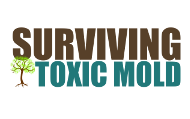What is a post-remediation cleanup for mold injured or mold sensitive individuals? Post-remediation cleaning is the unsung hero of mold restoration projects, it plays an absolute vital role in ensuring that spaces are not just visibly clean but also free from harmful mycotoxins, residues and contaminants that mold sensitive people would react or get sick from in the future. Whether following water damage cleanup or a mold remediation, this phase is essential for restoring a property to a safe and habitable condition for those who are mold sensitized. Here's an exploration of its significance, processes, and best practices. Why Post-Remediation Cleaning MattersRemediation often involves addressing hazardous issues such as mold spores, soot, dust or biohazards. While the initial remediation work removes the primary source of the problem, it can leave behind microscopic contaminants and debris that pose health risks not only to those who aren't very symptomatic but also for those who are extremely reactive to mold after going through a mold exposure.
What is the difference between a standard remediation and the process of Post-Remediation Cleaning?Standard remediation and post-remediation cleaning are closely linked, but they serve DIFFERENT and distinct purposes in the restoration process. Standard RemediationThis is the initial phase where the primary issue—such as mold, water damage, fire residue, or hazardous materials—is identified and addressed. The key objectives of remediation include:
Standard remediation focuses on resolving the core problem but MAY NOT ADDRESS THE DANGEROUS BIOTOXINS and microscopic contaminants or debris that are LEFT BEHIND that require further attention. Post-Remediation CleaningThis phase ensures the space is not only free from visible damage but also thoroughly cleaned and safe for occupancy: Especially for those who are at risk and who are "Mold Sensitive" It includes:
While remediation is about eliminating the source of contamination, post-remediation cleaning ensures the space is fully restored and safe to inhabit. Both are crucial steps in the overall restoration process.
This thorough cleaning involves multiple steps, tailored to the specific type of remediation performed. Here’s a breakdown:
Best Practices for Effective CleaningTo achieve optimal results, here are some best practices to consider:
ConclusionPost-remediation cleaning isn’t merely an optional step—it’s an essential part of any successful restoration project. By ensuring that spaces are meticulously cleaned and tested, this process safeguards health, meets compliance requirements, and restores confidence in the safety of the environment. Whether for a home or a commercial property, investing in thorough post-remediation cleaning is a step that no one should overlook. POST REMEDIATION PRODUCT SYSTEM I HIGHLY RECOMMEND
Superstratum is a line of mold killing and mycotoxin deactivating and prevention products designed to detoxify homes and buildings AFTER PROFESSIONAL REMEDIATION HAS BEEN PERFORMED. The company offers various solutions, including cleaners, preventative coatings, and deodorizing treatments that help eliminate mold spores and prevent future growth. Their products use smart polymer technology, which adapts to environmental changes and provides long-lasting protection against mold, mildew, and bacteria. If you're dealing with mold-related issues, Superstratum might be a helpful option! |





